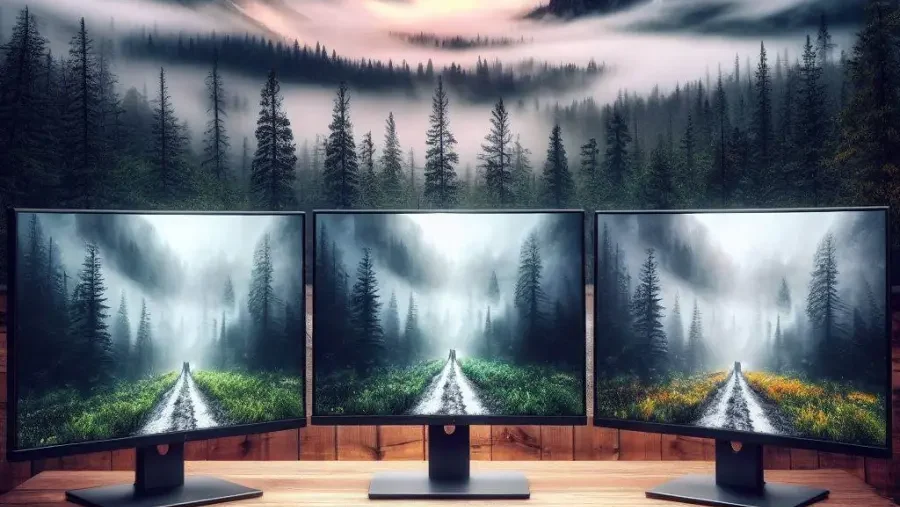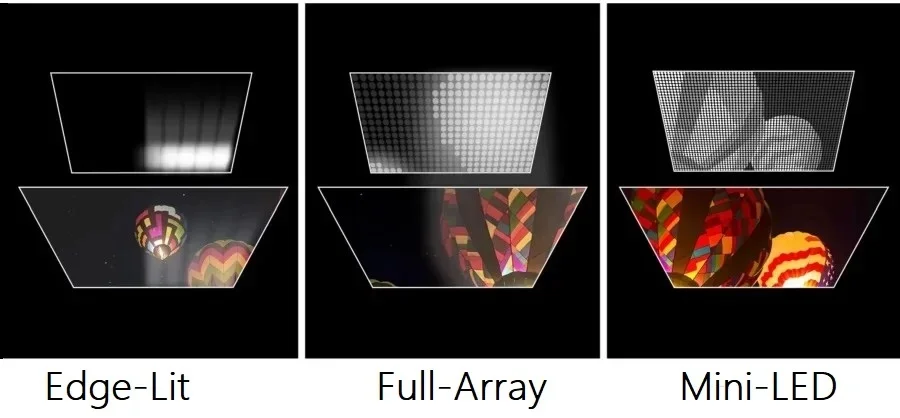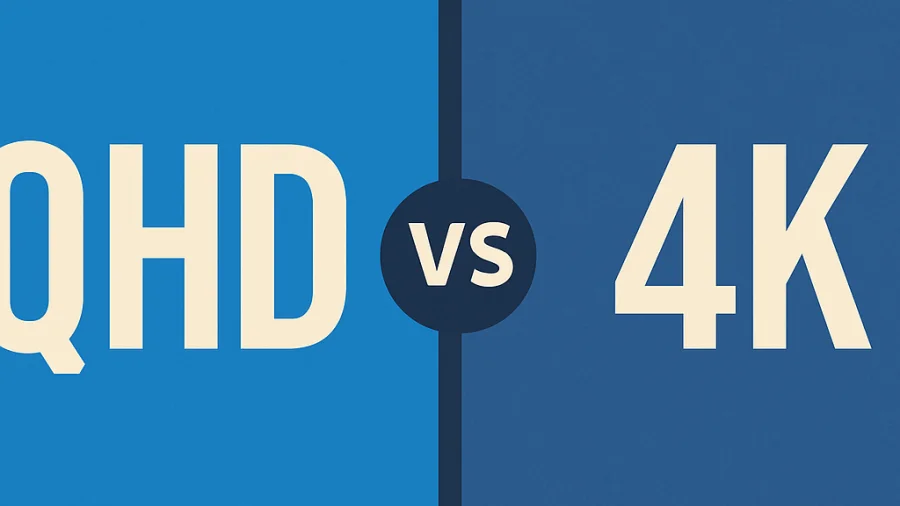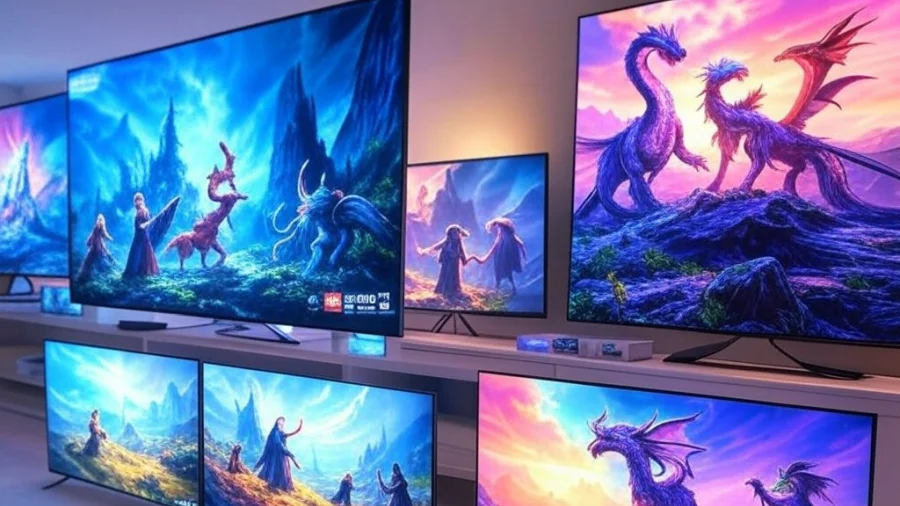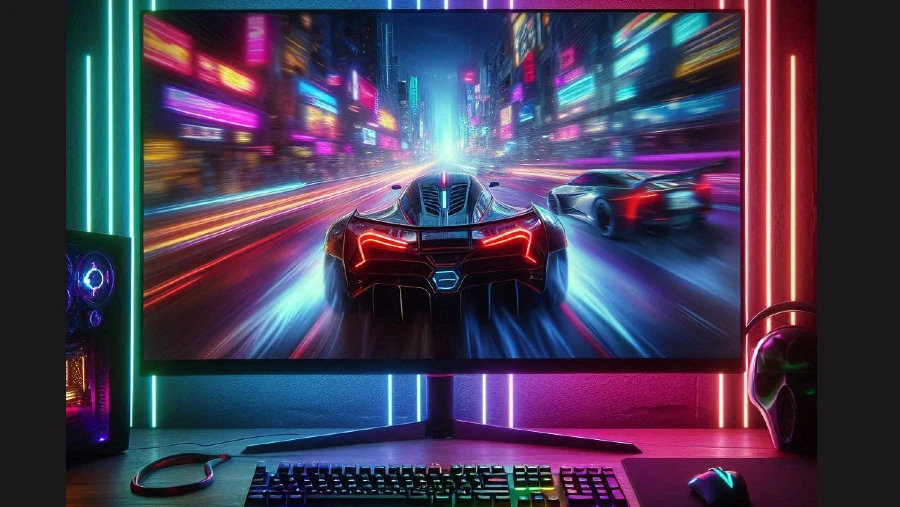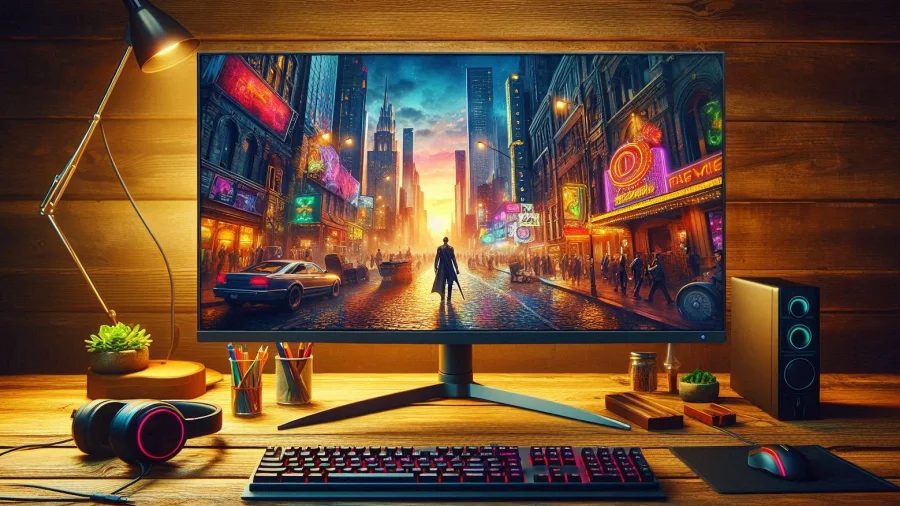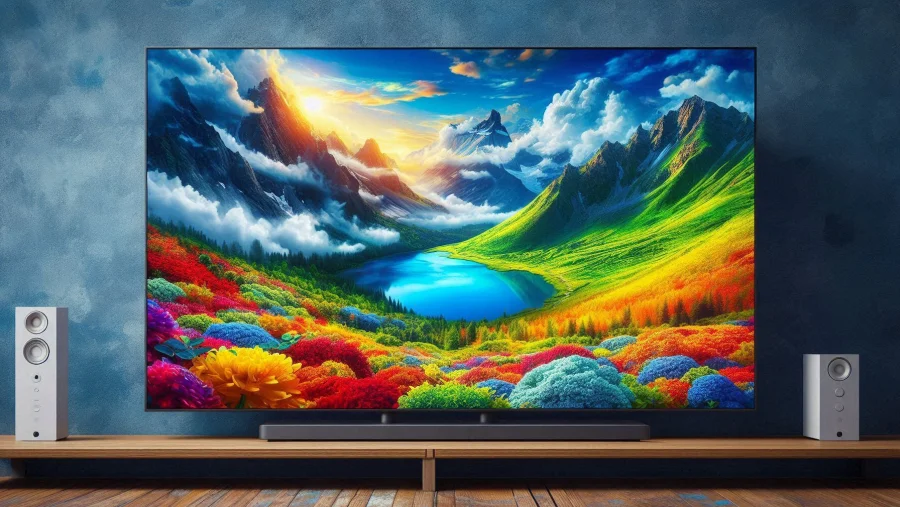
OLED technology has long been praised for its exceptional picture quality, particularly its ability to produce perfect blacks and vibrant colors. However, ongoing innovation seeks to push the boundaries even further, addressing historical limitations like peak brightness compared to some rival technologies.
One of the most significant recent advancements is the integration of Micro Lens Array (MLA) technology. MLA represents a sophisticated optical component designed to maximize the light output of OLED panels.
This article will delve into how MLA enhances OLED displays, exploring the underlying technology, its benefits, and its position in the competitive display landscape.
The core purpose is to explain how this combination delivers a visibly brighter and often more efficient viewing experience.
Understanding OLED Technology
OLED (Organic Light Emitting Diode) technology operates fundamentally differently from traditional LCD (Liquid Crystal Display) panels. In an OLED display, each individual pixel is composed of organic compounds that emit their own light when an electric current is applied – they are self-emissive.
This characteristic is the key to OLED’s renowned image quality. Because each pixel can be turned on or off completely independently, OLEDs can achieve true black levels (when a pixel is off, it emits no light) and, consequently, an effectively infinite contrast ratio.
This results in images with incredible depth and realism. Furthermore, the absence of a separate backlight layer, required by LCDs, allows OLED displays to be remarkably thin and flexible.
However, a physical limitation exists: not all the light generated by the organic compounds efficiently escapes the panel structure; a significant portion can be trapped and reflected internally.
What is MLA (Micro Lens Array)?
A Micro Lens Array (MLA) is an advanced optical film or layer integrated into the display panel structure.
It consists of a vast number of microscopic, convex lenses – billions on a single large television screen – precisely positioned over the OLED pixels. Think of it as a sheet covered in tiny, perfectly formed magnifying glasses.
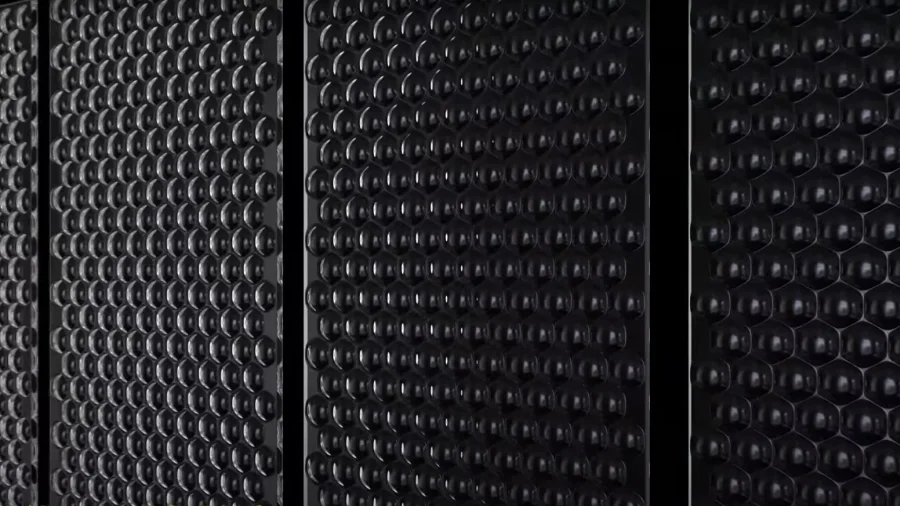
The primary function of this array is not to magnify the image itself, but to manipulate the path of the light generated by the OLED pixels.
Specifically, MLA is designed to capture light that would otherwise be lost due to internal reflection within the various layers of the OLED panel and redirect it outwards, towards the viewer.
This process significantly improves the light extraction efficiency of the display.
MLA + OLED: How the Combination Works
The synergy between MLA and OLED addresses the inherent challenge of internal light loss in OLED panels.
When the organic layers in an OLED pixel emit light, it travels outwards but encounters boundaries between different materials within the panel stack (like the emissive layer, electrode layers, glass substrate, etc.).
At these boundaries, some light passes through, but a considerable amount, especially light emitted at wider angles, can be reflected back inwards and ultimately absorbed, never reaching the viewer’s eyes.
This phenomenon limits the panel’s overall brightness and energy efficiency.
The MLA layer is strategically placed within the OLED panel structure to intercept much of this trapped light.

As the wide-angle light hits the precisely curved surfaces of the micro-lenses, it is refracted (bent) and redirected into a more forward-facing path, effectively guiding it out of the panel.
By significantly reducing internal reflections and maximizing the amount of generated light that escapes the display, the MLA layer allows the OLED panel to achieve substantially higher levels of brightness without necessarily needing to drive the OLED pixels harder.
This can also translate into improved energy efficiency, as the display can produce the same level of brightness as a non-MLA panel while consuming less power.
MLA OLED vs. Other Display Technologies
MLA OLED vs. Standard OLED
The most direct comparison shows MLA OLED offering a significant leap in peak brightness – often 50-70% higher or more – compared to previous generations of standard WOLED (White OLED, the most common type in TVs) panels without MLA.
This leads to more impactful High Dynamic Range (HDR) highlights and better performance in brightly lit rooms, while retaining the perfect blacks and infinite contrast inherent to OLED. Energy efficiency at comparable brightness levels is also improved.
MLA OLED vs. QD-OLED
QD-OLED (Quantum Dot OLED) is another advanced OLED variant aiming for higher brightness and wider color gamuts. Both MLA OLED (often referred to as META technology by panel maker LG Display) and QD-OLED (primarily from Samsung Display) achieve very high brightness levels.
They represent different engineering approaches to enhancing OLED performance, with ongoing debate about subtle differences in color volume, spectral purity, and potential efficiency trade-offs. Both are considered top-tier display technologies.
MLA OLED vs. Mini-LED LCD
Mini-LED represents the pinnacle of LCD technology, using thousands of miniature LEDs as a backlight with numerous local dimming zones. Mini-LED TVs can achieve extremely high peak brightness levels, sometimes exceeding current MLA OLED capabilities.
However, MLA OLED maintains the advantage of pixel-level light control, ensuring perfect blacks, no backlight bleed, and zero blooming or halo effects around bright objects on dark backgrounds – issues that can still subtly affect even the best Mini-LED displays due to their reliance on dimming zones rather than self-emissive pixels. MLA OLED also typically offers wider viewing angles without color or contrast shifts compared to most LCD variants.
Benefits and Challenges of MLA OLED
The integration of Micro Lens Arrays brings distinct advantages but also comes with certain challenges.
Benefits:
- Dramatically Increased Peak Brightness: This is the primary advantage, leading to significantly improved HDR performance with brighter highlights and specular details, enhancing realism. It also improves visibility in well-lit environments.
- Enhanced Energy Efficiency: By extracting more light, MLA OLED panels can achieve target brightness levels using less power, contributing to energy savings or allowing for even higher brightness ceilings at similar power consumption to non-MLA panels.
- Maintains Core OLED Advantages: It retains the perfect black levels, infinite contrast ratio, wide viewing angles, and near-instantaneous pixel response times that define OLED picture quality.
Challenges:
- Increased Cost and Complexity: Adding a precisely manufactured and aligned MLA layer increases the complexity of the OLED panel production process, which contributes to a higher cost for the end consumer, typically positioning MLA OLED products in the premium market segment.
- Manufacturing Precision: Aligning billions of microscopic lenses perfectly across a large panel requires sophisticated manufacturing techniques and stringent quality control.
- Availability: Currently, MLA technology is primarily found in high-end flagship television models and some premium monitors, limiting its accessibility compared to standard OLED or LCD options.
Real-World Applications and Products
The most prominent application of MLA OLED technology is currently in the premium television market.
LG Electronics prominently features this technology in its high-end G-series OLED TVs such as the OLED G3 (utilizing LG Display’s “META” technology which incorporates MLA), often marketed under the banner of “Brightness Booster Max” to highlight the significant increase in luminance achieved through the combination of MLA and sophisticated image processing algorithms.
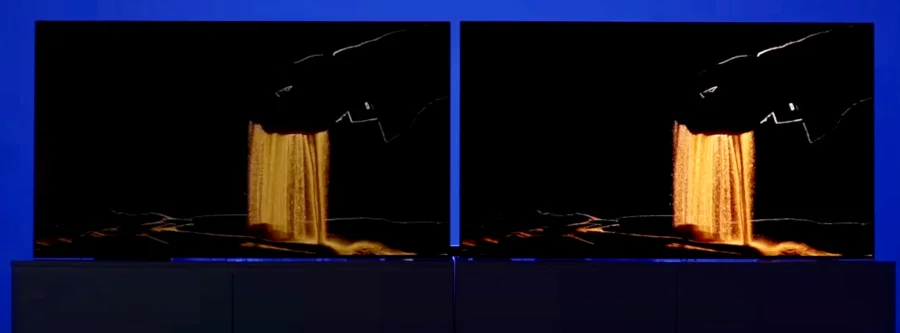
Panasonic has also incorporated MLA technology into its top-tier offerings, notably the MZ2000 series, renowned for its professional-grade picture accuracy combined with the enhanced brightness benefits of MLA.
Similarly, Philips utilizes MLA in its premium sets, like the OLED+908 series, integrating it with their signature Ambilight technology for an immersive viewing experience.
Beyond televisions, MLA OLED made significant inroads into the high-performance gaming monitor market.
Monitors such as the LG UltraGear 27GS95QE and the Asus ROG Swift OLED PG32UCDP leverage MLA panels to deliver not only the instantaneous pixel response times inherent to OLED but also the very high peak brightness crucial for impactful HDR gaming.
Conclusion
MLA OLED represents a significant evolutionary step in display technology, directly addressing one of OLED’s traditional limitations – peak brightness – while preserving its core strengths.
By employing a sophisticated layer of micro-lenses to drastically improve light extraction efficiency, MLA technology enables OLED displays to shine significantly brighter and operate more efficiently.
While currently positioned in the premium tier due to cost and manufacturing complexity, MLA OLED offers a compelling viewing experience, particularly for HDR content and bright-room viewing.
Q&A
Is a micro lens array worth it?
Whether a micro lens array is “worth it” depends on your priorities and budget. If you seek the highest possible peak brightness for impactful HDR performance and want cutting-edge display technology, the visual improvement offered by MLA can be substantial. However, TVs featuring MLA typically command a premium price, so it’s most valuable for users prioritizing top-tier image quality over cost savings.
What is a micro lens array TV?
A micro lens array (MLA) TV is a television, currently referring primarily to high-end OLED models, that incorporates an MLA layer within its display panel structure. This integrated technology allows the TV to achieve significantly higher levels of brightness and greater light efficiency compared to traditional OLED TVs without MLA, enhancing overall picture quality, especially for HDR content.
What is brightness booster max?
“Brightness Booster Max” is LG’s marketing term for the brightness-enhancing technology used in their premium OLED TVs (like the G-series). It signifies their highest level of brightness achievement for that model year, typically resulting from a combination of advanced panel hardware (such as a Micro Lens Array in recent generations or improved heat dissipation) and sophisticated light control algorithms that optimize luminance on a pixel level.
Read Next




